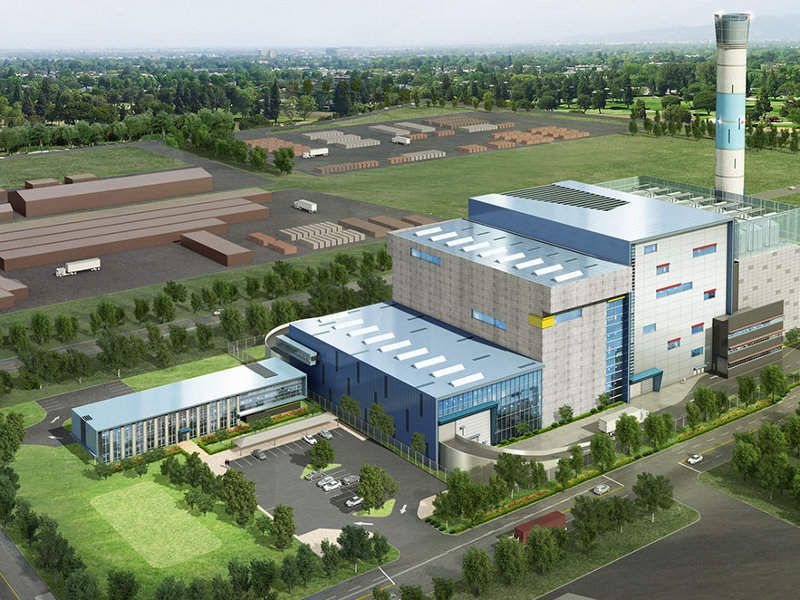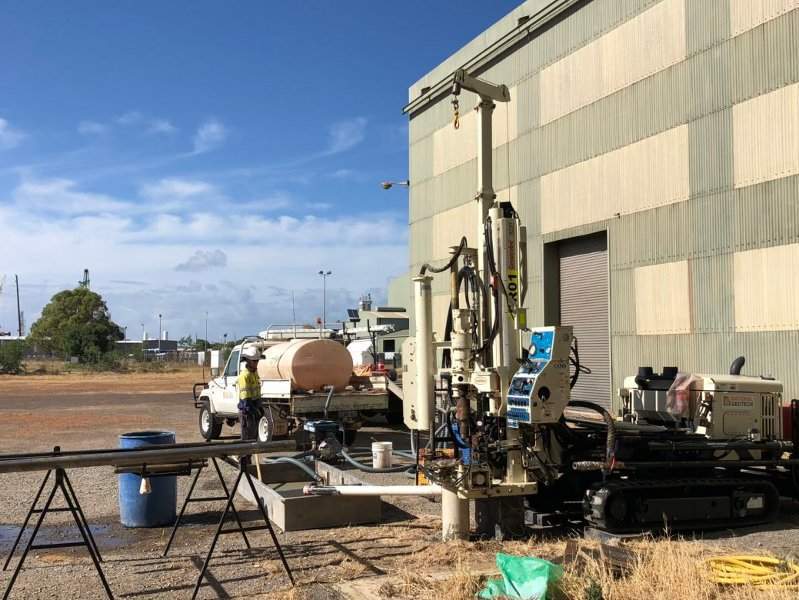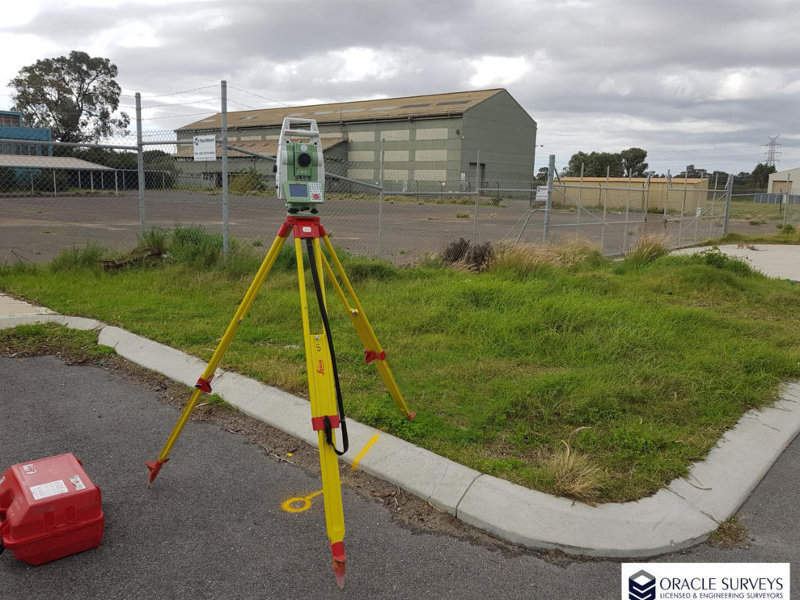Kwinana waste-to-energy (WTE) project is Australia’s first thermal WTE facility being developed in Kwinana Industrial Area, approximately 40km south of Perth, Western Australia.
The 36MW facility is being jointly developed by Phoenix Energy Australia and MacQuarie Capital, with an estimated investment of $700m.
Financial closure for the project was achieved in October 2018, while construction is expected to begin by the end of 2018. The Kwinana WTE facility is expected to commence operations by the end of 2021.
The Western Australian Government is supporting the energy project by provisioning the required land for the facility through a long-term lease from its land and development agency LandCorp.
Kwinana waste-to-energy project benefits
The Kwinana WTE plant will utilize 400,000 tonnes (t) a year of household and industrial waste to power approximately 50,000 households in Perth, while offsetting up to 400,000t of CO2 emissions a year.
The plant will divert up to 90% of the volume of waste going out to the Western Australian landfills.
The waste-to-energy project is expected to create 800 jobs during the peak construction stage and 60 permanent jobs during the operational phase.
Kwinana Waste-to-Energy plant make-up
The Kwinana waste-to-energy facility will be developed on Lot 9500 Leath Road near the Kwinana Beach. It will include a waste receival area, two automated grate furnaces, a steam system for electricity generation, and flue gas-cleaning air pollution control (APC) systems with one flue gas stack with twin flues.
Each grate line will have an air-cooled grate and vertical boiler, an APC system, an ash discharger, and an induced flue and draft fan.
The facility will also house a brick-making plant for reusing the ash produced in the combustion process, and a laboratory, a control room, and other associated infrastructure.
Waste-to-energy technology used at Kwinana
The waste-to-energy facility will use Keppel Seghers moving grate technology to thermally treat the waste and generate steam to produce electricity.
Metallic materials from the waste feed will be recovered and recycled, while other by-products will be sorted out for reuse as construction materials.
Waste supply for the Kwinana facility
Feed will be procured from eight Local Government Authorities (LGAs) including the City of Canning and the City of Kwinana, under 20-year waste supply agreements, to produce energy from garbage.
Financing for Kwinana waste-to-energy project
MacQuarie Capital and Dutch Infrastructure Fund (DIF) are providing $A275m ($198.5m) of equity finance, while Australia’s state-owned Clean Energy Finance Corporation (CEFC) along with a group of financial institutions are providing A$400m ($289m) of debt financing for the project.
CEFC alone has committed to provide A$90m ($65m) for the project, which is the biggest investment made ever by CEFC in Western Australia till date.
The waste-to-energy project will also receive a grant of $23m from the Australian Renewable Energy Agency (ARENA).
Contractors involved with Kwinana waste-to-energy project
Acciona was awarded the engineering, procurement and construction (EPC) contract for the waste-to-energy facility in October 2018.
The contract involves a 36-month construction period starting from October 2018.
Acciona’s consortium partner Veolia will be responsible for the operation and maintenance of the Kwinana facility for a period of 25 years.
Keppel Seghers, a wholly-owned subsidiary of Keppel Infrastructure, was awarded a €70m ($79m) contract by Acciona in October 2018, to provide the waste-to-energy technology including the core equipment, design, and technical services for the furnace, boiler, and flue gas treatment of the facility.
Ramboll provided environmental consulting and technical advisory services, while Hatch Associates provided preliminary engineering services for the Kwinana waste-to-energy project.





